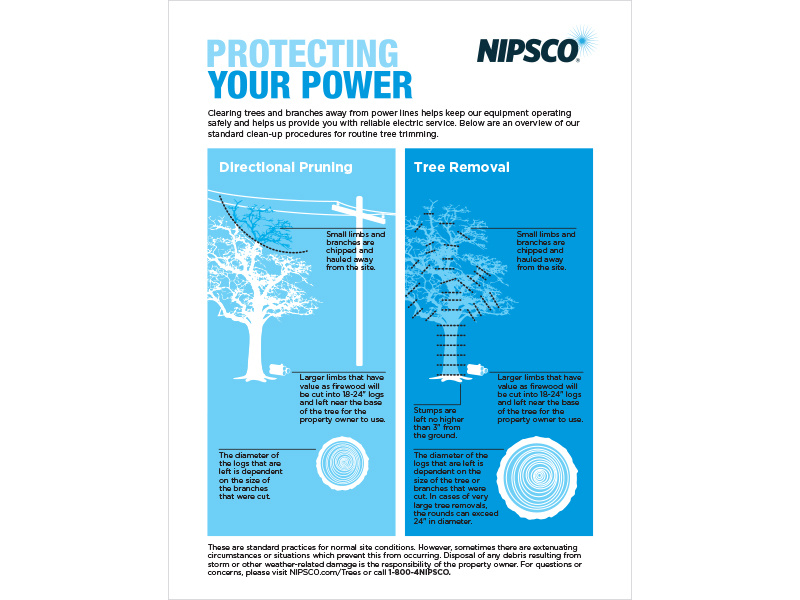Indicators That It Is Required To Remove A Tree - A Handbook For Home Owners
Indicators That It Is Required To Remove A Tree - A Handbook For Home Owners
Blog Article
Created By-Jacobsen Noer
Trees include elegance and value to property, however they can additionally position a danger during severe weather events. If click here to investigate has actually quit growing, is showing noticeable fungal growth, or has a leaning trunk, it must be eliminated by an expert to avoid property damage and injury.
To read more, participate in a homeowner source reasonable co-hosted by HPD, the Facility for New York City Neighborhoods, and Brooklyn-based housing partners this night in Bedford-Stuyvesant. The event will certainly include the Homeowner Handbook, a brand-new overview to help homeowners browse the responsibilities of owning a home.
1. Dead or Perishing Branches
Trees are an important part of your home's landscape, providing color and elegance. They also provide shelter for wild animals and create oxygen, yet even healthy trees can experience health issue that might require their elimination. Dead or dying trees aren't just unsightly, they can be unsafe. Their branches might fall throughout a tornado, causing costly home damages and injuries.
When a tree's branches begin to die, it implies that its framework is starting to break down. If the majority of its branches are dead, it is likely time to remove it.
Seek a lack of new growth, bark peeling, open wounds or tooth cavities, fungis growing on the trunk or origins and a general look of decay in the whole canopy. These indications of infection can indicate a serious problem that will require expert tree solutions to settle.
2. Leaning Trunk
While it's typical for trees to lean every so often because of phototropism, if a tree has a hazardous or severe lean that's not due to natural processes - it could be an indicator that the tree needs to be removed. If the tree is favoring a power line, home, automobile, play framework or any other area that could be dangerous to individuals if it drops, after that getting in touch with a professional tree service for elimination should be a top priority.
https://chicago.curbed.com/2020/4/10/21215759/chicago-landscaping-urban-garden-midwestern-plants 's also crucial to expect any sudden changes in a tree's leaning as it can show damage to the roots or trunk that might cause falling. This is especially real during stormy weather, given that high winds and rain-soaked dirt can cause a lean to change quickly. Regular tracking, specifically during and after tornados can help house owners identify prospective troubles with their trees so they can call an arborist for a thorough examination.
3. Pest Infestation
Some pest invasions, such as wood-boring bugs like emerald ash borer or sap-suckers like range bugs, are so severe that they can cause a tree to die. The best means to avoid pest invasion is to monitor your trees regularly. Seek places, holes, or stainings in the leaves and bark. Analyze the trunk for fractures and indications of insect damages, such as tunnels or tracks.
If a tree ends up being also ravaged with insects, or is close to a home or high-voltage line, an arborist might recommend elimination. If a leaning tree creates a new, unstable lean, an arborist will likely suggest elimination as well to make sure the safety of individuals and home. If a damaged or dead tree continually drops extreme branches, it is an indication that it is time to eliminate the tree. If a tree remains to shed branches for an extensive time period, it could cause architectural troubles and possible residential or commercial property damage.
4. Damaged Trunk
Trees are a beautiful and fundamental part of our landscape, but they do require regular like keep them healthy and secure. If a tree is damaged irreparable it is most likely time for it ahead down.
Look for signs of damages to the trunk, including vertical splits, joints, dead branch stubs, visible wounds or open tooth cavities and serious tree-rot. The existence of fungi at the base of the trunk is an additional alerting indicator. Fungi might suggest that the phloem and xylem (life-support cells) are jeopardized, allowing for the spread of disease or a future failure.
Additionally, think about whether the tree has actually stopped growing. Healthy and balanced trees will have new development yearly, which may be visible as buds or branches growing and extending. If you do not see any kind of new development, it's a great concept to have an arborist evaluate the tree and follow their recommendation for elimination. A passing away or harmed tree can drop and create building damage.